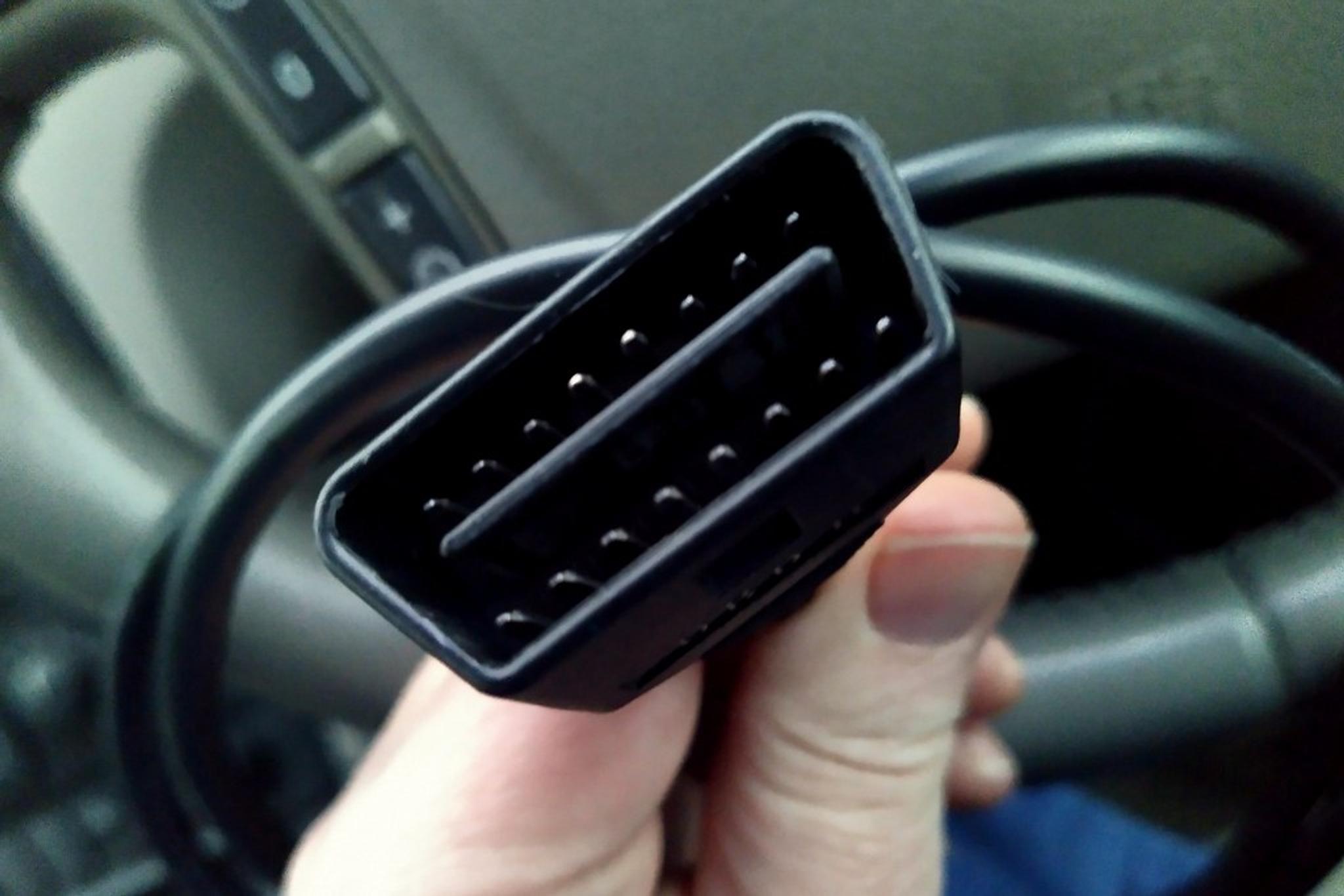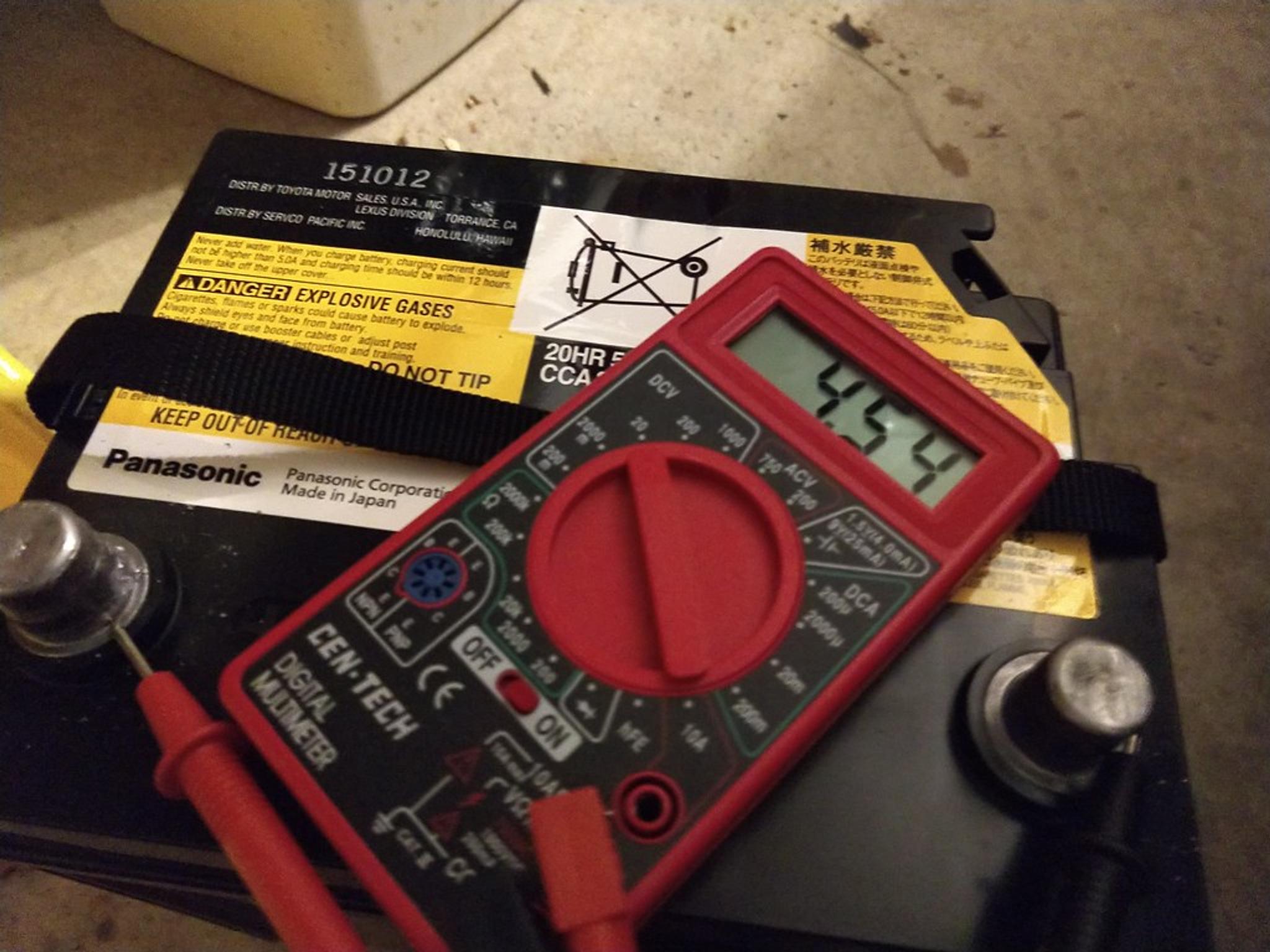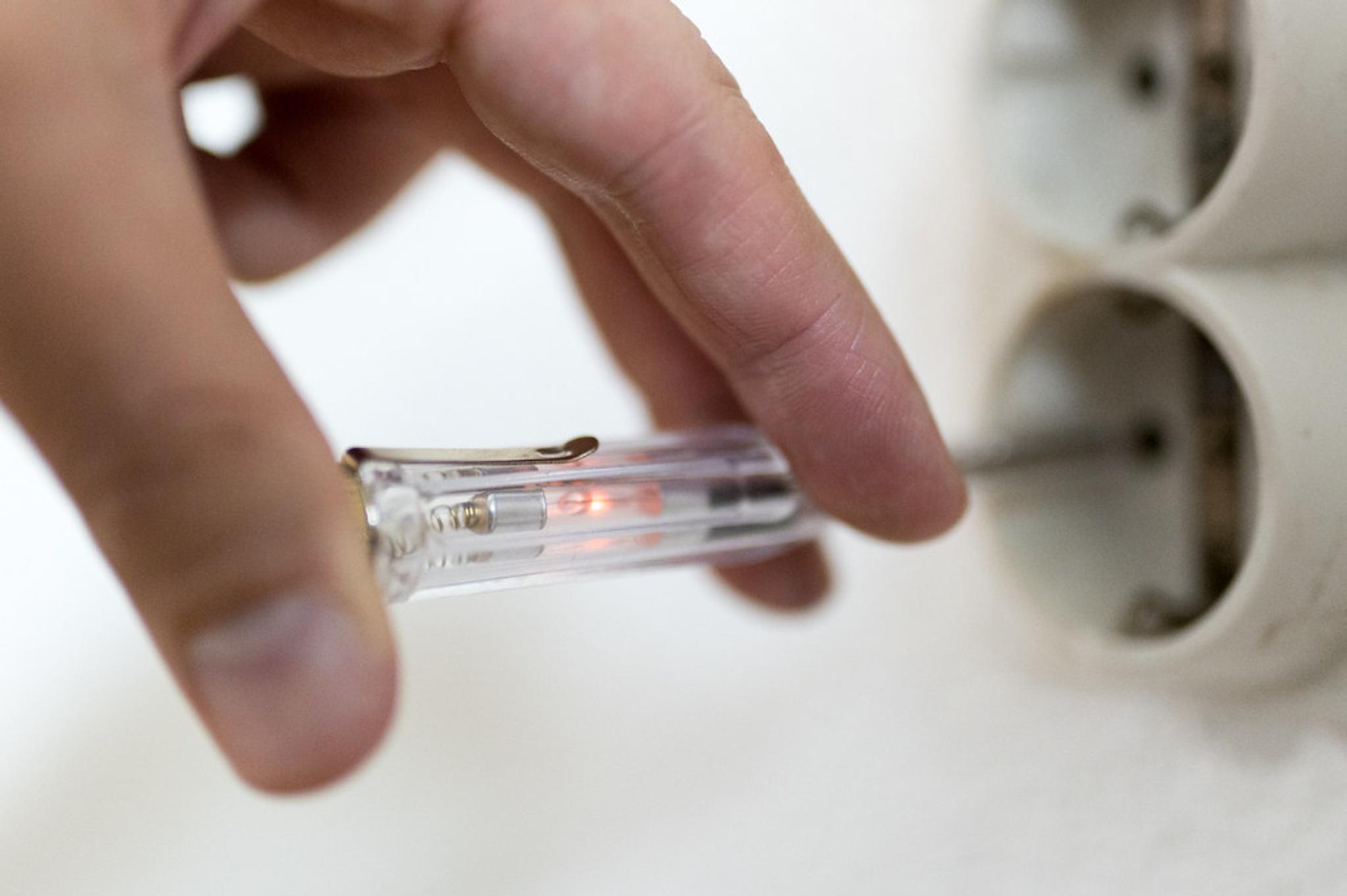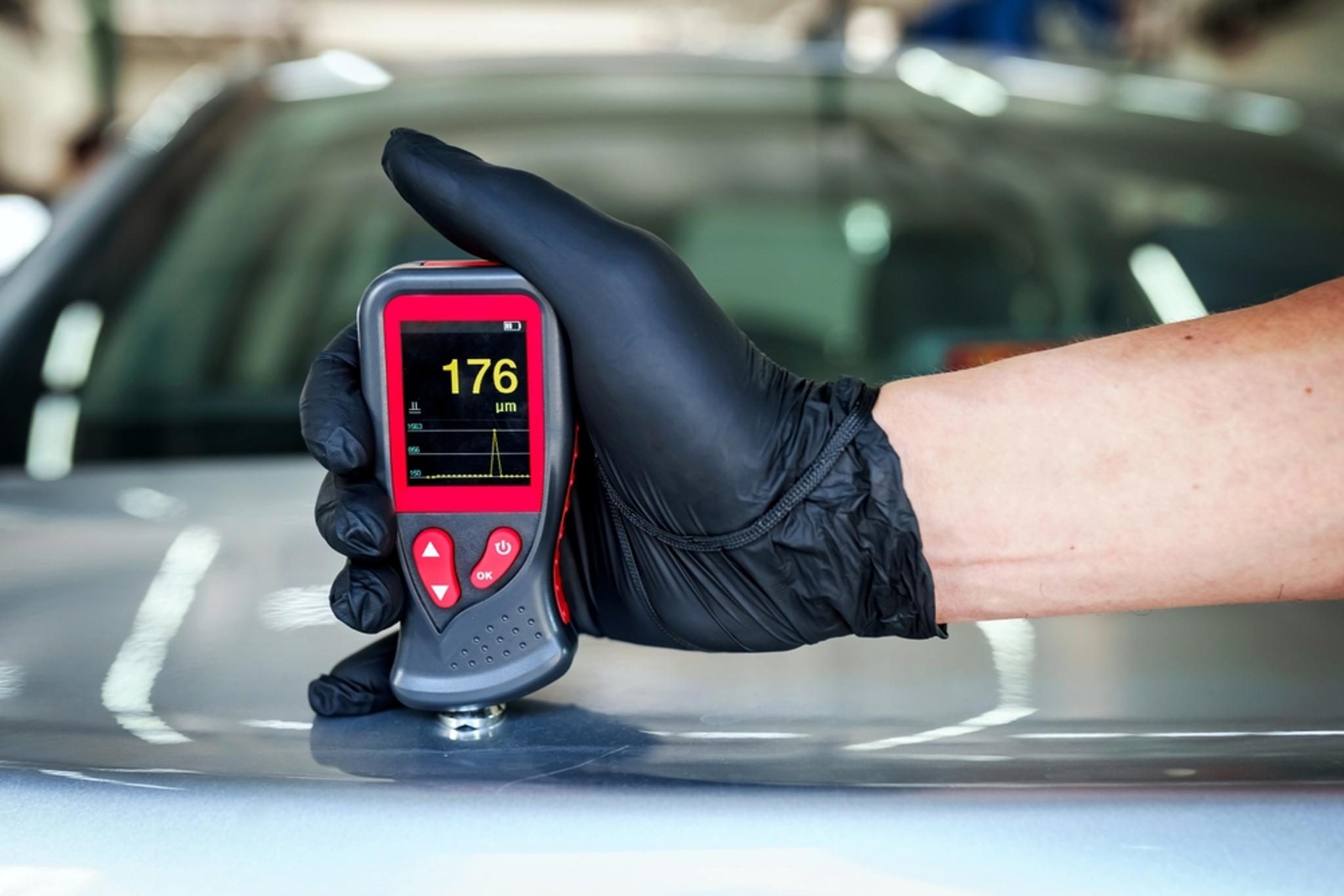12/07/2024
The complete guide to car diagnostic tools

You can’t repair a car without diagnosing the problem first.
As modern cars consist of all kinds of complicated systems, you’ll often need specific diagnostic tools to check and test them. Therefore, getting a grip on what these tools are is beneficial for all daily drivers.
Let’s look at the different types of car diagnostic tools and understand their importance and working principles.

Used cars have dark secrets
Reveal them all! Just enter a VIN code and click the button:
What is a car diagnostic tool?
Car diagnostic tools are used to measure various values, simplifying the process of diagnosing car problems.
For instance, a tire pressure gauge is a diagnostic tool because it allows you to measure the precise pressure of your car’s tires, avoiding increased tire wear and poor handling due to low pressure.
However, it’s one of the most basic diagnostic tools on the market.
The basics of on-board diagnostics (OBD)

All modern cars have an on-board diagnostics (OBD-II) port that’s used to connect a computer diagnostics device. You can gather information from all control units via this connector, including fault codes, live data, and servicing options.
An OBD-II connection became mandatory for all cars sold in the United States in 1996 and 2004 in Europe.
The importance of car diagnostic tools
Today, on-board diagnostic tools are as important as ever. Cars from the 1990s have about a dozen control units, while modern models can have up to 150. Headlights, seats, and even switches can have separate control units, so figuring out an electric malfunction is nearly impossible without computer diagnostics.
Many electrical parts are programmed into each car individually, and you have to code them after replacement. For example, you can’t replace fuel injectors, a speedometer, or even a battery without coding or adapting them in a modern car, otherwise, you’ll get various errors or won’t be able to start the car at all.
Today, mechanics need an OBD2 scanner to perform even the most basic tasks like brake pads or oil changes. Therefore, old-school car experts have no choice but to adapt. Cheap scanners or code readers are also beneficial to DIY enthusiasts.
Advantages of using diagnostic tools

You may have noticed how many different tools mechanics have in their garages. They buy them because they’re not only essential but also very beneficial. Everything from a tire pressure gauge to computer diagnostics can have multiple purposes and make work much more efficient.
Here are some of the advantages of diagnostic tools:
- Save time. You can diagnose problems much quicker because specific tools can measure values and read fault codes.
- Save money. Most car diagnostic tools help you find what’s off before any visible signs, allowing you to act before more damage appears.
- Sometimes they’re essential. Measuring pressures, reading codes, and performing servicing operations often are impossible without specific diagnostic tools.
- Portable. Most diagnostic tools are compact and don’t have power cords, therefore, you can store them in your tool shed or vehicle.
- Higher chance of a DIY fix. If you have a basic understanding of how your car works, specific tools can help you diagnose and fix various issues yourself.
- Compatible with different vehicles. OBD2 scanners, code readers, pressure gauges, multimeters, and many other diagnostic tools are universal, meaning they should be compatible with all your current and future cars.
Car diagnostic tools are valuable for professionals and car owners. They streamline the diagnostic process and contribute to timely, cost-effective repairs. Proper diagnostic tools will help you to take good care of your car and ensure optimal performance and safety on the road.
The variety of car diagnostic tools
You can find hundreds of diagnostic tool types in online tool shops, but many are very specific and meant for professional use.
Here is a list of the most common and useful car diagnostic tools.
OBD2 scanner
OBD2 scanner is the most powerful tool on this list. It hooks up to an OBD-II port and can read fault codes in detail, delete them, show live data from various control units, and even perform coding for fuel injectors, a battery, a turbocharger, and various systems.
The prices of these tools vary from a few dozen to a few thousand euros, depending on their functionality.
Code reader

A code reader is a simplified version of an OBD2 scanner. It’s cheaper and easier to use but can only read fault codes, delete them, and read basic live data.
Code readers are great for everyday drivers who want to know why a “check engine” light comes on.
Multimeter
Multimeters are versatile tools used in all kinds of electrical work. They can measure voltage, current, resistance, and check continuity.
More expensive multimeters have an integrated oscilloscope, graphs, auto-polarity, and other features. Also, higher-priced models provide more precise readings and usually last longer.
Paint thickness gauge
All cars have a thin layer of primer, paint, and clear coat. When body panels get damaged and are repainted, body shops often choose shoddy repairs with putty instead of replacing entire body panels, which can be revealed using a paint thickness gauge. It measures the distance between its probe and metal, helping you identify damaged and poorly painted parts.
Fuel pressure gauge

Fuel pressure is very important in modern cars, especially for diesel engines; therefore, measuring it is very common when problems occur.
A modern diesel engine requires around 29,000 PSI (2,000 BAR) of fuel pressure to function properly, which can cause injury when mishandled. You can measure the current fuel pressure by connecting a fuel pressure gauge to a fuel rail.
Vacuum pressure gauge
A vacuum often controls brake boosters, EGR valves, and other car parts. When the vacuum pump breaks or the system leaks, the vacuum becomes too weak.
A vacuum pressure gauge must be connected to a vacuum system – it shows whether the system functions properly and reveals how much pressure the pump can hold.
Compression tester
A compression test is the most important test of an engine. All internal combustion engines have a combustion chamber, which is sealed by piston rings, valves, and a head gasket. Parts of a combustion chamber wear out over time, gradually reducing the compression and efficiency of an engine – it loses power, uses more fuel, and emits more CO2.
A compression tester connects to a spark or glow plug hole, directly accessing a combustion chamber. As the engine turns over, the tester will show the reading. Pulling out the fuses of a fuel pump and an ignition system is important to ensure the engine doesn’t start during testing.
Inspection camera
When you want to inspect a combustion chamber, inaccessible areas of an engine bay, or check any tight spots, an inspection camera is your best shot.
These cameras were expensive a decade ago, but you can find many few-euro alternatives that connect to your smartphone. Usually, it’s a long wire with a tiny camera and LED lights attached to the end.
More expensive options have higher-quality cameras and a dedicated screen.
Battery tester
The most basic test of a car battery is measuring its voltage, which can be performed using a simple voltmeter or a multimeter. However, dedicated battery testers can measure voltage under load, cold cranking amps (CCA), capacity, and other factors that help to determine a battery’s actual condition.
Circuit tester light

Sometimes all you need is a simple indication that the electricity is flowing. In this case, a multimeter isn’t necessary – a simple circuit tester light works fine. It’s mostly a screwdriver with a small lightbulb inside that lights up as the tip of a screwdriver touches a live feed.
Non-contact thermometer
Mechanics know how vital temperature measuring is for diagnosing bad bearings, a faulty thermostat, a broken water pump, and other particular issues. A non-contact thermometer works great in such situations because it measures temperatures via laser, so you don’t need good accessibility.
Mechanic’s stethoscope
Mechanic’s stethoscopes can be either manual or digital, but they all have the same purpose – to help find the source of humming, knocking, and other unusual sounds.
For instance, when a cylinder starts knocking, it’s usually hard to tell which one, but a stethoscope can help you source the sound much easier.
Essential diagnostics before buying a used car
When buying a used vehicle, there are many things to check if you want to ensure it’s in good condition.
Thanks to the vast and complicated electrical systems of modern cars, you can hook up a fault code reader and reveal engine, transmission, and electrical issues in minutes. Moreover, taking the car for a professional inspection is even more useful since mechanics can tell what’s exactly wrong and how much the repairs would cost.

Body damage is also widespread in the used car market, often hidden under a thick layer of putty and paint. In that case, a paint thickness gauge can help you reveal poor bodywork. Factory paint jobs are usually about 4–7 mils (100–180 microns) thick. Bigger readings often indicate a poor aftermarket paint job – the thicker it is, the more putty is underneath the paint.
Finally, don’t forget to check the vehicle’s history to learn about its mileage records, damage, and other historical facts to help you make an informed decision. All you need is to get the vehicle’s VIN number and enter it into a VIN decoder.
You can save time and check the history even before inspecting the vehicle because the facts revealed in history reports are often deal breakers.

Check your VIN
Avoid costly problems by checking a vehicle's history. Get a report instantly!
